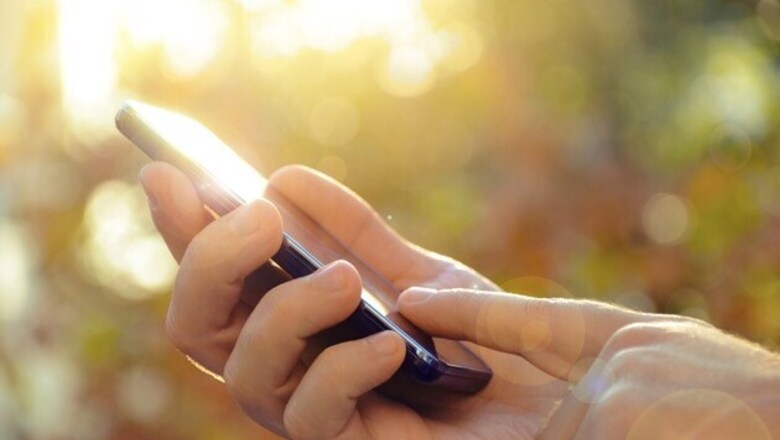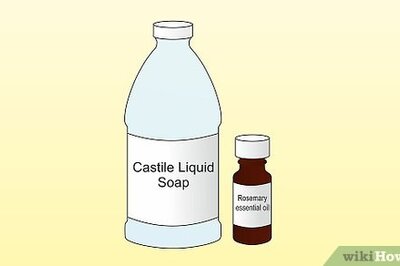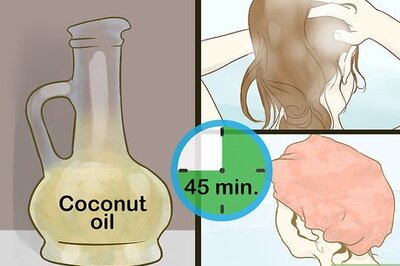
views
Washington: A smartphone app that provides personalised, real-time sun protection advice can improve some sun protection behaviour, according to a new study.
The app provides sun-protection advice based on UV Index forecasts and personal information from the users, as well as alerts to apply or reapply sunscreen.
The Solar Cell app was developed by Klein Buendel, Colorado, under a contract with the National Cancer Institute in the US.
David B Buller, of Klein Buendel and coauthors conducted a randomised clinical trial in 2012 which enrolled 604 participants and of the 305 individuals in the treatment group 232 people downloaded the app but only 125 individuals (41 per cent) used it.
Complete data was available on 454 individuals (222 in the treatment group and 232 in a control group).
Participants in the treatment group reported spending more time in the shade (average days staying in the shade, 41 per cent vs 33.7 per cent) but less sunscreen use (average days, 28.6 per cent vs 34.5 per cent) than those in the control group.
There was no significant difference in the number of sunburns in the past three months between the groups.
Users of the mobile app reported spending less time in the sun and more use of all sun protection behaviours such as sunscreen, protective clothing and shade combined.
"The Solar Cell mobile app seemed to promote sun protection practices, especially when it was used.
Specifically, it increased use of shade. Shade can substantially reduce exposure to solar UV radiation (UV-R), but it needs to be available for it to be used," the authors said.
A second randomised trial on the use of the app showed some improvement and was associated with greater sun protection.
The authors found that participants in the group that received the app used wide-brimmed hats more at the seven-week follow-up than control participants who did not receive the app (23.8 per cent vs 17.4 per cent).
Women who used the app also reported more use of all sun protection (such as sunscreen, protective clothing and shade) combined than men (46.4 per cent vs 43.3 per cent) but men and older participants reported less use of sunscreen (32.7 per cent vs 35.5 per cent) and hats (15.6 per cent vs 17.9 per cent).




















Comments
0 comment